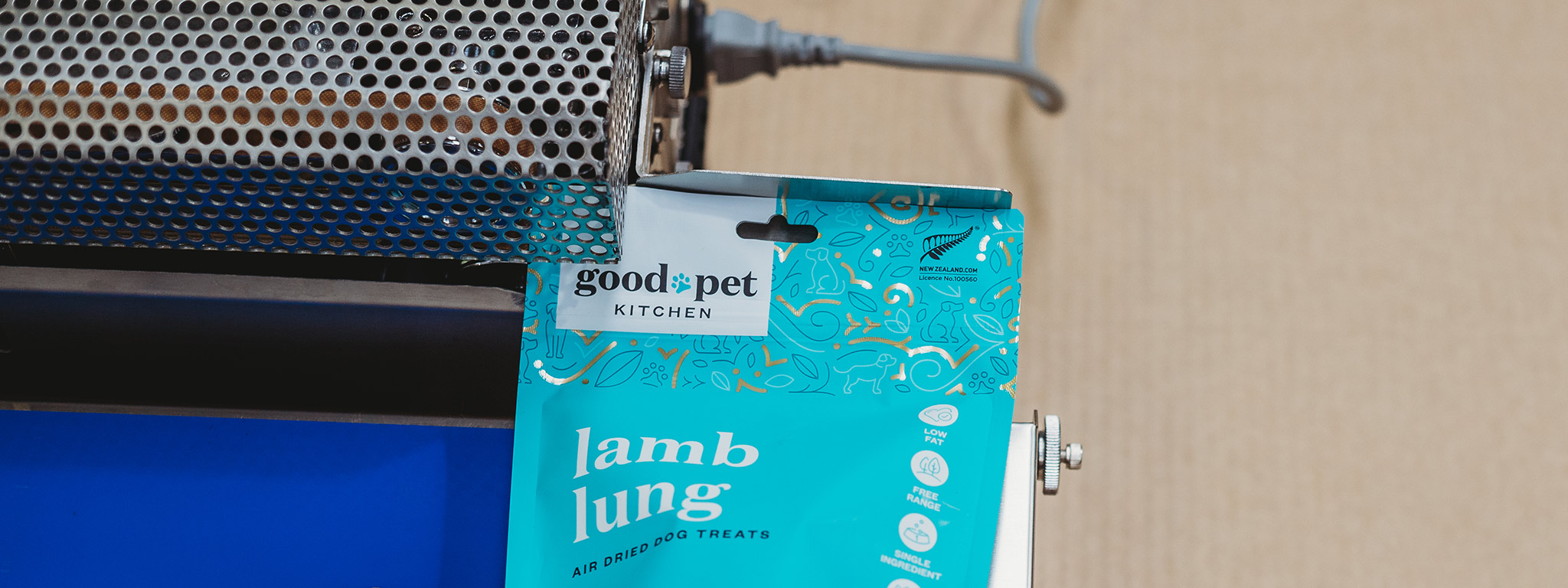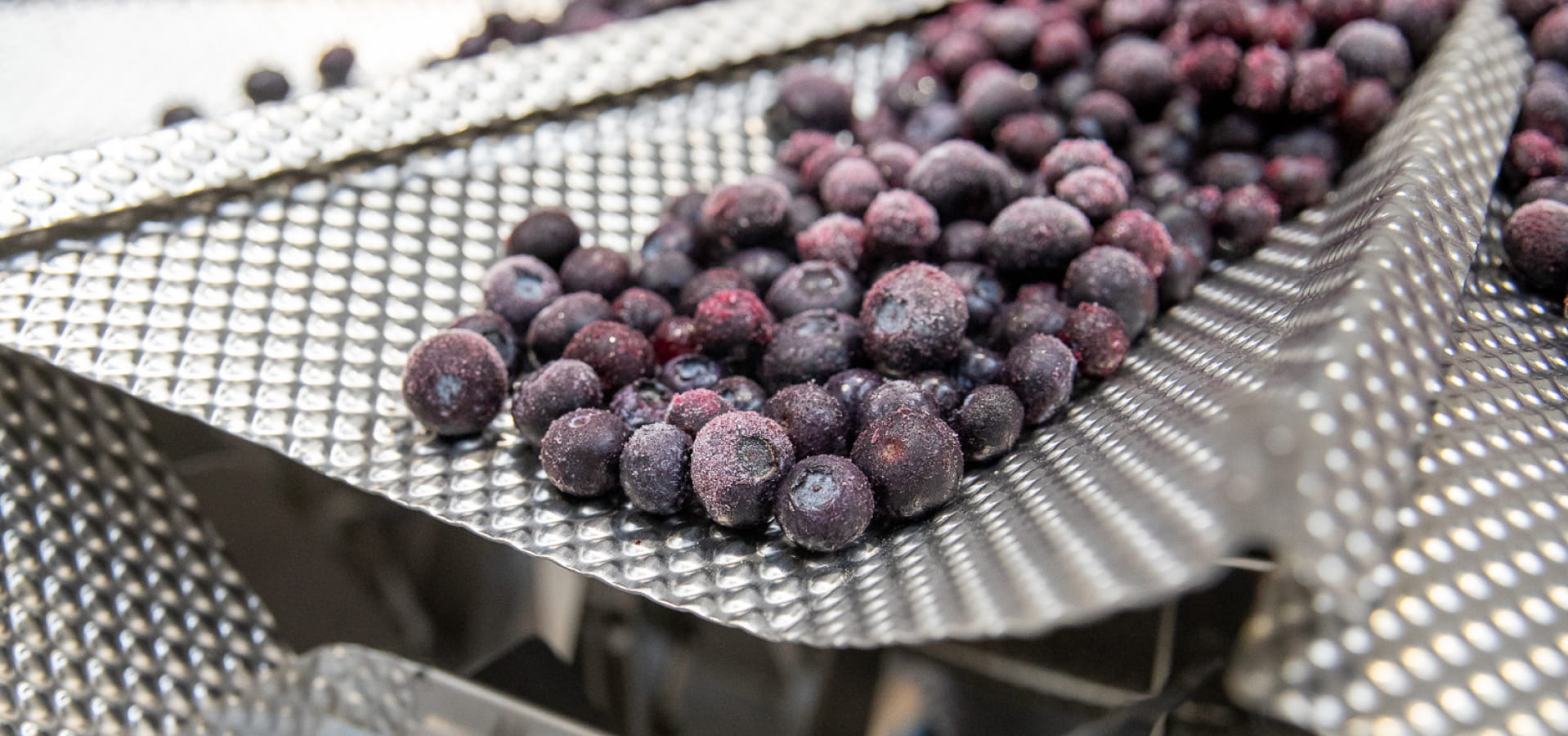There are now so many types of flexible food packaging available on the market. From traditional options like plastic and paper to innovative home compostable materials, the choices can be overwhelming.
In this article, we explore the different materials on offer in New Zealand for retail and commercial businesses. Whether you’re a food producer, retailer, or small specialty business, we peel back the layers so you can be better informed and choose the right type to match your packaging machines and products.
Home compostable cellulose-based plastics
Biodegradable and compostable materials made from plant-based renewable sources like cornstarch or cellulose are becoming more popular with our customers. These materials offer similar properties to traditional plastics but decompose faster in composting environments.
There are a wide range of compostable plastics available and some are better than others. Nearly all of them can be used on your existing shrink wrapping machine. Some packaging films are designed to compost in an industrial facility, while others can biodegrade at home in your garden.
“They’re great if your product is sticky or greasy and cannot easily be cleaned off film for recycling,” says Don Baxter, Director at Accolade Packaging.
“They’re ideal for sticky sauces, mayonnaise, honey, soy, dairy products, and chocolate, and we often add a barrier material to those to preserve freshness.”
Laminated flexible packaging
Flexible packaging includes materials like foil pouches, laminated films, and bags. These materials are easily customisable to meet specific packaging equipment needs, and are lightweight.
“Our customers use flexible packaging for all kinds of products but commonly snacks, frozen foods, and pet foods,” says Don, who is based at Accolade’s Auckland operations.
“The laminated layer gives it an oxygen barrier for longer shelf life. It gives it a better seal so there’s no leaks and less wastage when it comes out of your Fill, Form and Seal machine or whatever your packing equipment might be,” he explains.
Flexible plastic is one of the most widely used materials for food packaging because it’s versatile, hardy, and low cost. Plastic packaging can range from thin films to rigid containers but here we’re just talking about the flexible film options: polyethylene (PE), polypropylene (PP), and polyethylene terephthalate (PET).
Paper and cardboard
Paper and cardboard are commonly used for packaging dry goods, such as cereals, grains, and snacks.
“It’s easily recyclable, but remember, you’ll always need a bag within the box to stop weevils getting in and damaging your product, and an air-tight seal to preserve shelf-life. So a cardboard box isn’t enough on its own,” shares Don.
They are lightweight, biodegradable, and can be easily recycled. Paperboard cartons are often used for packaging dairy products, juices, and other liquid foods.
Modified Atmosphere Packaging (MAP)
MAP involves modifying the atmosphere inside a package to extend the shelf life of perishable foods. This technique often uses a combination of materials such as plastic films and gas-flushing technology to control oxygen and moisture levels.
“While running these packs on a flow wrap machine, we also run a gas sensor to constantly regulate the amount of gas within the pack and alter it,” says Don.
If you want to research food packaging machines further, this article covers the most common types of food packaging machines?
Or if you’re curious to learn more about packaging machine speeds, this article looks at how many bags a packaging machine can fill per minute.
Active packaging
Active packaging incorporates active substances or technologies to interact with the packaged food to extend shelf life or improve safety. Examples include oxygen scavengers, antimicrobial films, and ethylene absorbers.
“Oxygen scavengers are particularly useful for baked products where the baked item holds a large amount of air. An oxygen or moisture scavenger keeps removing the oxygen or moisture to keep it fresher for longer.”
If you’ve ever bought a bag of wraps or pita bread from the supermarket, then you’ll be familiar with the little foil scavenger packets inside.
We understand that the choices can be overwhelming when it comes to food packaging materials. We can help you with good advice so you choose the right packaging materials to preserve freshness, extend shelf life, and make it easy for your customers. Let’s not forget, it also has to look great!

